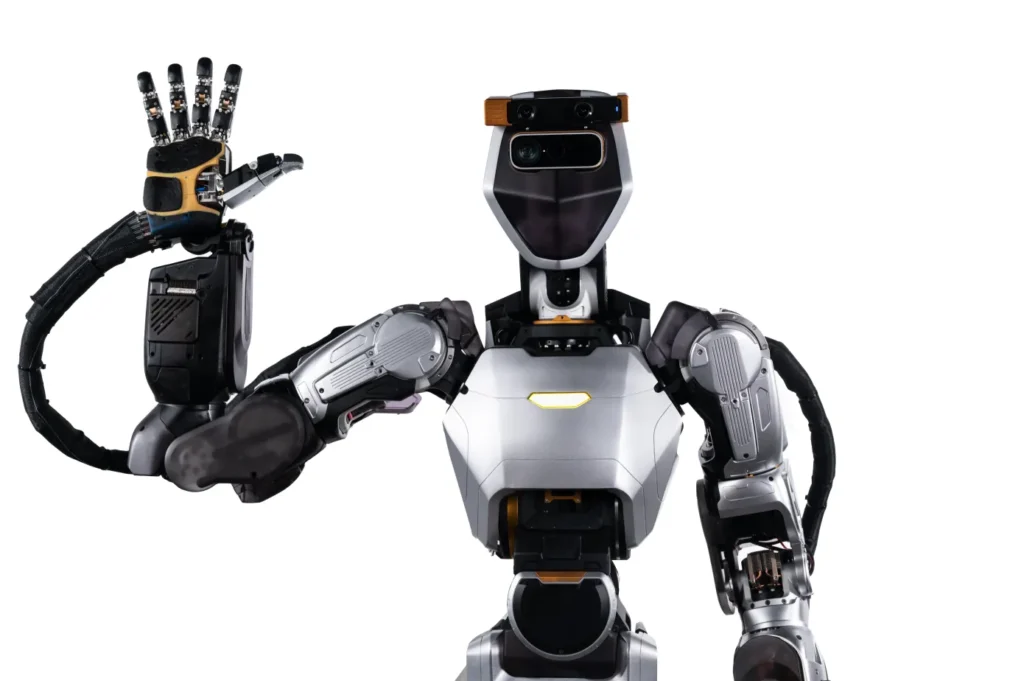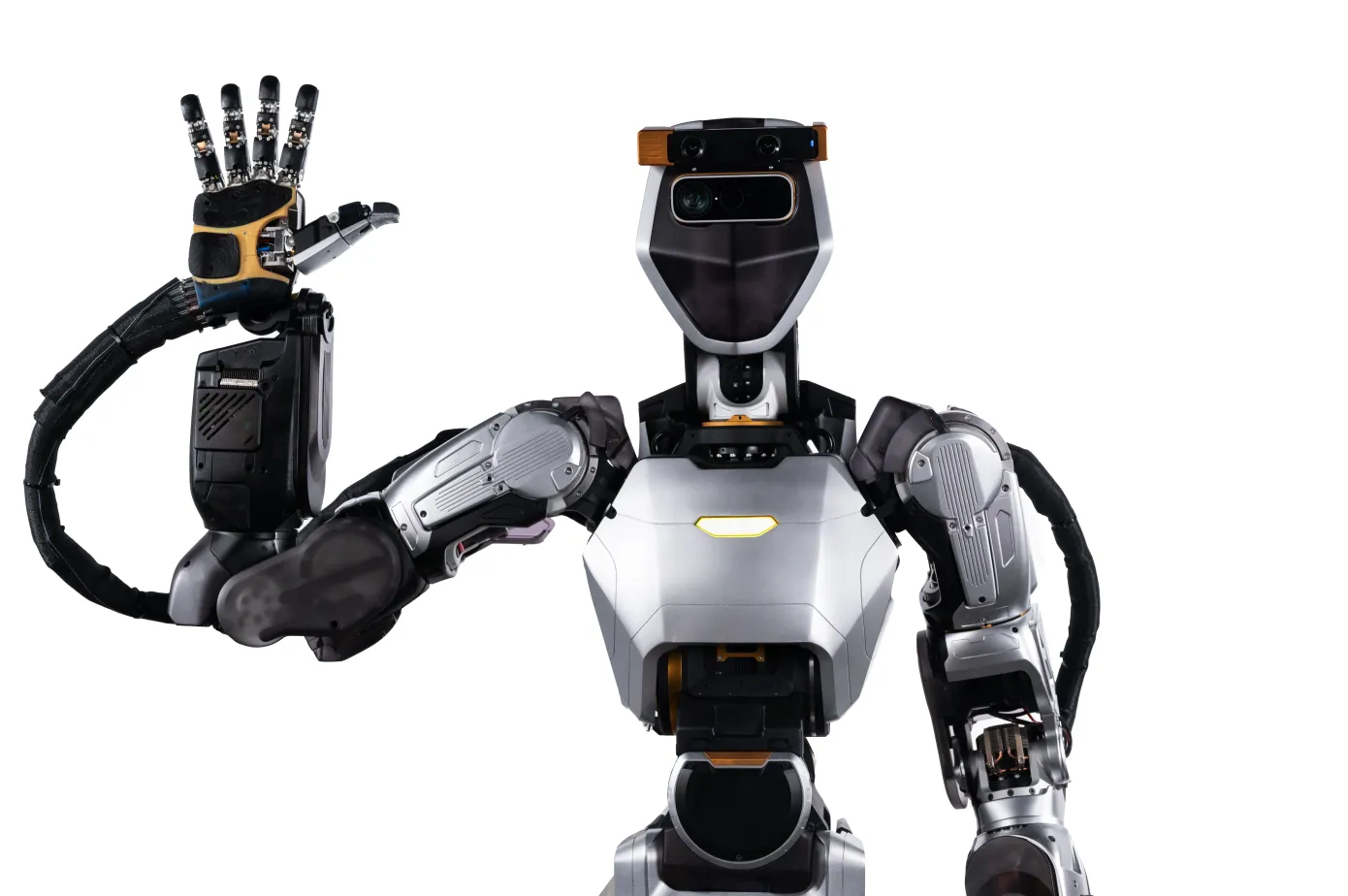“Sanctuary AI, humanoid robotics, Phoenix robot, advanced robotics, robotic automation, human-like robots, robotic intelligence, industry automation robots, Sanctuary AI Phoenix 7, AI robotics innovation”
In the rapidly evolving field of humanoid robotics, Canadian company Sanctuary AI is carving out a niche with its innovative approach and advanced technology. The company may not always be mentioned alongside giants like Boston Dynamics, Agility, Figure, and 1X, but its contributions to the sector are significant. The latest introduction from Sanctuary AI, the seventh-generation Phoenix robot, marks a pivotal advancement in humanoid robotics, particularly focusing on upper body capabilities and learning efficiency.

Innovations in Sanctuary AI Phoenix 7
The new Phoenix robot, unveiled by Sanctuary AI, is a testament to the company’s dedication to enhancing the functionality and efficiency of humanoid robots. Unlike its predecessors, which introduced leg functions, the focus of the seventh-generation robot is on the torso and upper body movements. This strategic focus is apparent in the robot’s ability to perform tasks that require human-like dexterity and precision. For instance, the robot has been showcased sorting products with movements that closely mimic human actions. This capability not only enhances the robot’s utility in practical applications but also demonstrates significant technological advancements in mimicking human-like movements.
Learning Capabilities of the Phoenix
One of the most remarkable features of the new Phoenix robot is its accelerated learning capability. Sanctuary AI claims that this robot can automate new tasks within less than 24 hours, a notable improvement that could revolutionize how robots are integrated into work environments. This rapid learning ability signifies a step towards more adaptive robots that can function alongside human workers, learning and evolving in response to their environment and tasks.
The Role of Robotic Intelligence
As the field of robotics advances, the focus is gradually shifting from mere mechatronic capabilities to robotic intelligence. The real value in future robotic systems lies in their ability to exhibit a form of general intelligence, enabling them to learn and perform tasks in ways similar to humans. Although the industry consensus suggests that true artificial general intelligence may still be a decade away, the advancements demonstrated by the Phoenix robot indicate significant progress towards that goal.
Integration in Industry
Sanctuary AI’s robots, including the earlier generations of the Phoenix line, have already been deployed in various settings, which speaks volumes about their functionality and reliability. Recently, Sanctuary AI announced a collaboration with Magna auto manufacturing facilities, which will see the integration of these advanced robots in automobile manufacturing processes. This partnership not only highlights the practical applicability of Sanctuary’s robots but also demonstrates the industry’s confidence in their capabilities.
Technological Enhancements in the Latest Model
The seventh-generation Phoenix robot comes with several improvements over its predecessors. These enhancements include increased uptime, an extended range of motion, reduced weight, and a cost-effective bill of materials. Each of these factors contributes to the robot’s enhanced performance and utility, making it a more attractive option for industries looking to incorporate robotic solutions into their operations.
Conclusion
The introduction of the seventh-generation Phoenix robot by Sanctuary AI represents a significant leap forward in the field of humanoid robotics. With its enhanced learning capabilities and human-like dexterity, this robot is not just a technological marvel but a beacon pointing towards the future of robotic assistants in various industries. As Sanctuary AI continues to refine and advance its robotic systems, it paves the way for a future where robots and humans collaborate more seamlessly and effectively, driving efficiency and innovation in countless applications.
Read More-
